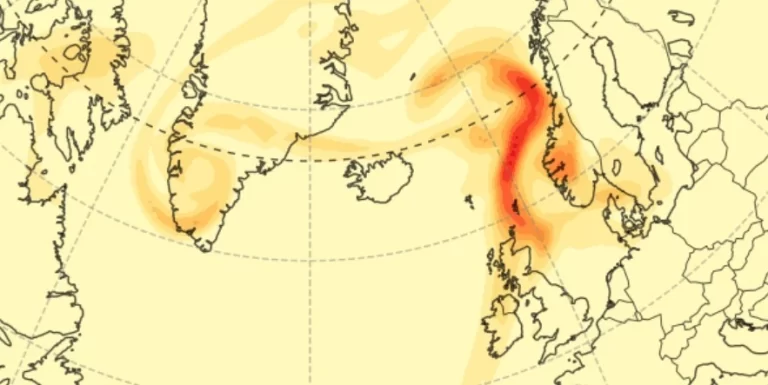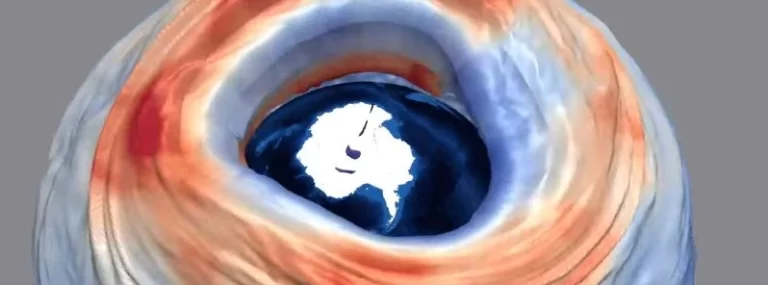Massive Saharan dust plume making its way over the Atlantic
The largest outbreak of Saharan dust this summer is currently making its way across the Atlantic Ocean, potentially impacting air quality and weather patterns throughout the Caribbean and parts of the United States. This marks a significant shift in the season’s weather patterns, influenced by the Saharan Air Layer (SAL), which is known for its ability to suppress tropical cyclone formation.










